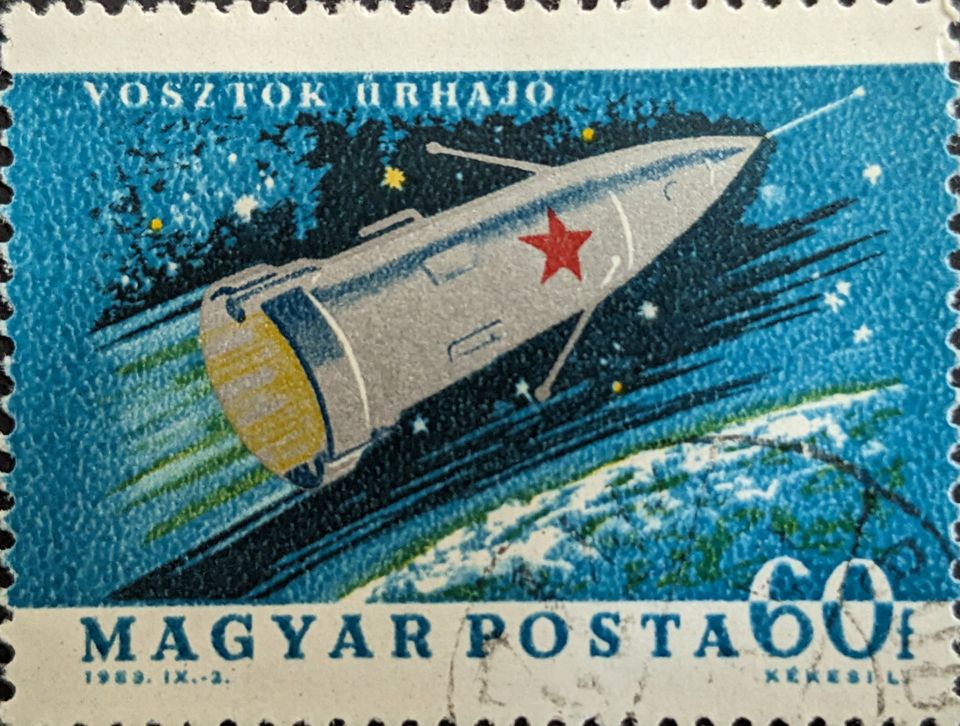Research/Development, Baidu Maps’ Curious Grey Tiles, and Planet

R&D Tax Credits
An update related to my last analysis, “India, the Pandemic, European Entrepreneurs.” The Europeans aren’t the only ones who think research and development (R&D) is the way to serve the commercial space market.
During the ISSR&D panel, “Building the LEO Economy,” a question was posed about what kind of tax policies would serve to grow the commercial space market (thank Marcia Smith on Twitter for posting this exchange). The first answer was from MadeInSpace’s Andrew Rush, who also serves on a NASA advisory council. He suggested--an R&D tax credit. Thankfully, Richard DalBello from Virgin Galactic noted something more along with Nicolas Colin’s suggestions in his post. The Q&A summary of the exchange follows:

Of course, these two gentlemen are making money in different ways. MadeInSpace is in R&D mode, while Virgin Galactic’s stock is available to any investor interested in buying a piece of suborbital action.
Blanks in China=”Disappeared” People
This Buzzfeed story, “Blanked Out Spots On China's Maps Helped Us Uncover Xinjiang's Camps,” came out last week. Let’s clarify this in unambiguous terms. There are detention camps across China for that nation’s government to confine Uighur and other Muslim citizens (Color-coded uniforms to identify threat-levels to the state? Shades of “Arbeit Macht Frei” on a larger scale.). The author and other researchers have figured out a way to identify where precisely those camps are, how busy they are, and how many there are: they use satellite imagery. Why the U.S. government doesn’t appear to be doing this work is an excellent question. But perhaps not the most important for the current administration.
The use of satellite imagery itself isn’t surprising. Imagery analytics companies specialize in interpreting pictures of the happenings behind the borders of nations with despots and cultures anathema to the free world. One company, Allsource Analysis, has provided images of North Korean activities and the expertise to interpret what is in the picture. One of the company’s products contained gruesome implications--death had been dealt by firing squad--using 4-barrel anti-aircraft guns. Allsource used DigitalGlobe’s images of North Korea for its analysis.
How the researchers figured out where these camps are was simple. China’s internet search engine, Baidu, has a map product (similar to Google Maps). The researchers had noticed certain areas in which there existed known detention camps--had grey tile overlays that covered those areas as they zoomed in. The researchers conducted experiments that appeared to validate their theory of the overlays as deliberate obscuration attempts. Then, the researchers counted up the tiles and noted where they were. They then compared them to imagery sources from Planet, the European Space Agency’s (ESA), and Google Earth.
I recommend reading that story, as well as this one, and this one. The other two stories lead up to the final Buzzfeed story about the data-gathering foundational to them.
Imagery Shall Set Ye Free (if it’s not from China)
One point to recognize is that China’s efforts to hide its detention camps in Baidu Maps can only work if it is the ONLY source of imagery data--but it isn’t. So we must assume Baidu is using satellite imagery intended to hide comprehensive knowledge of the camps from China’s citizens. Although the camps appear to be so plentiful, it would be hard to believe the citizenry isn’t aware of the camps’ existence. Baidu is almost certainly only used by China’s citizens or anyone visiting the nation and blocked from Google. The country is notorious for limiting what its citizens can see and do online.
Second, the fact the author could turn to Planet for updated imagery is a change from decades past. For this story, the commercial satellite imagery company serves as a foundation for comparing reality with Baidu’s grey tiles. Within the report, the author notes:
“Planet was then kind enough to give us access to high-resolution imagery for these locations and to task a satellite to capture new imagery of some areas that hadn’t been photographed in high resolution since 2006.”
Planet’s tasking processes for its satellites are probably less demanding than ESA’s. The satellites’ revisit rate is undoubtedly quicker than what ESA’s Sentinel constellation can bring to bear. This rate is especially meaningful when imaging a nation with a large territory (such as China). Planet’s large number of satellites means something else, too: they make it hard for a country to hide activities at certain times of day--say when it knows an imagery satellite is overhead. There are so many of Planet’s satellites on orbit that it would be nearly impossible for a nation to play hide and seek.
Planet’s graciousness in providing tasking satellites and providing updated imagery of China falls in line with its founders’ ideas of how satellite imagery can make the world a better place. It makes sense for Planet to do this. It’s a good start, but it would be even better if Planet can somehow make a reasonable return on this type of graciousness.




Comments ()